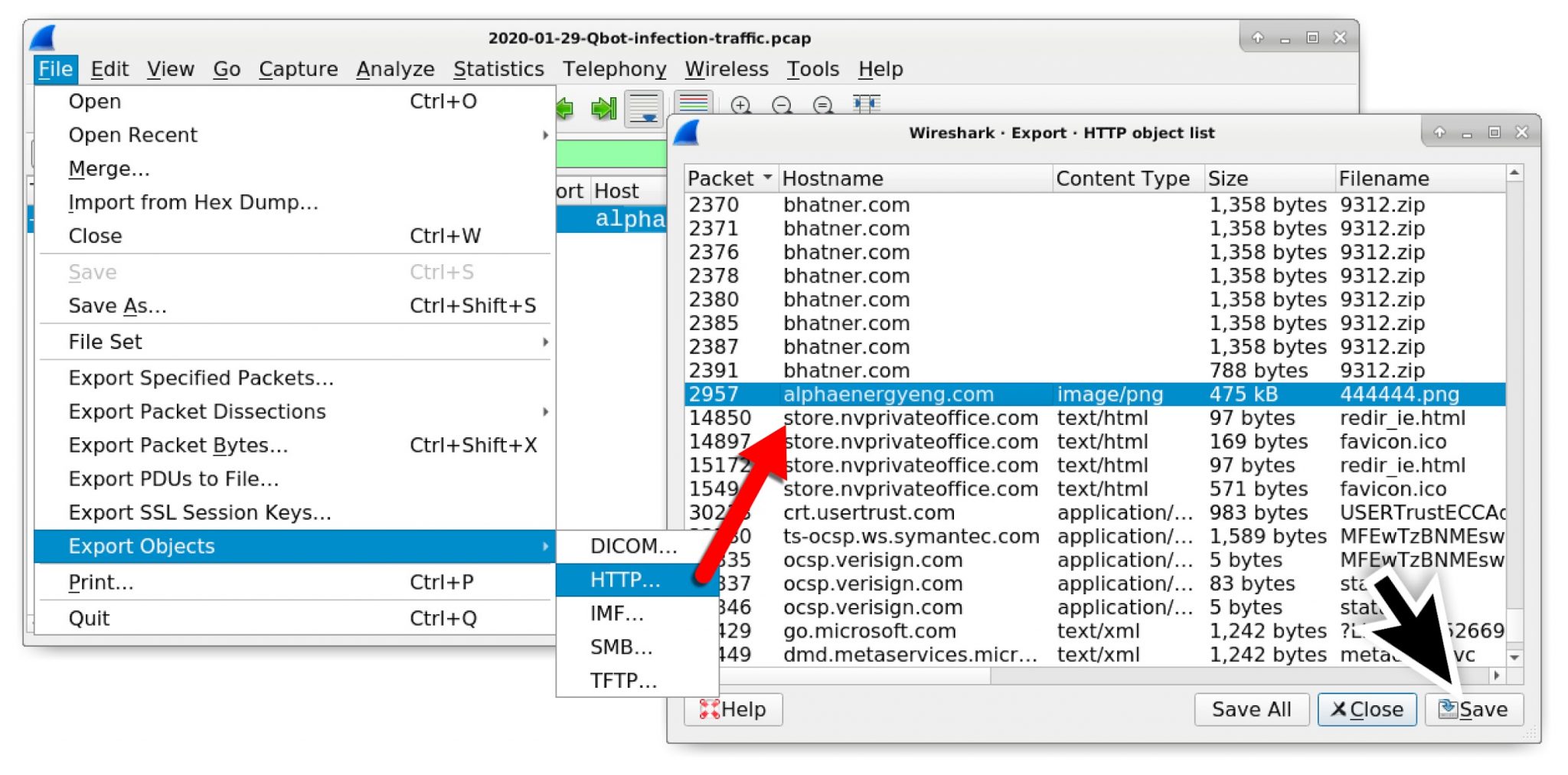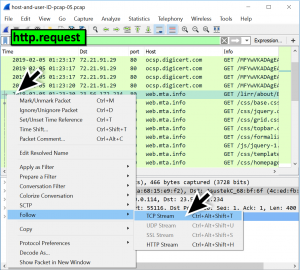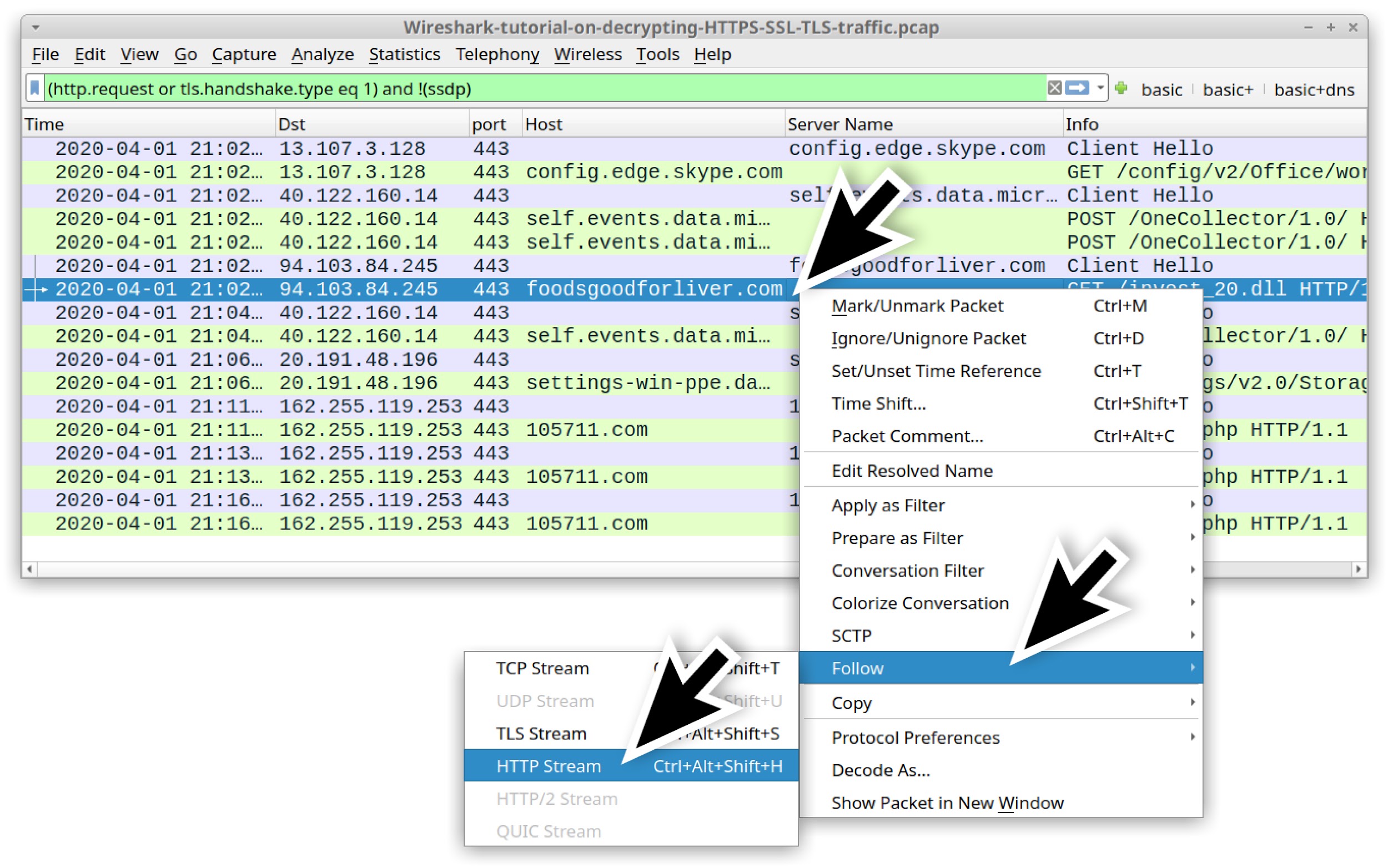

- #Pcap wireshark tutorial install#
- #Pcap wireshark tutorial manual#
- #Pcap wireshark tutorial professional#
To follow the directions in this guide, you’ll need the following: You can check out our tcpdump cheat sheet to learn more about installing, packet capturing, logical operations, protocols, and more. With the proper command-line options, you can export a tcpdump session that’s compatible with Wireshark. Since the tcpdump command runs in a terminal mode, it’s possible to launch it through an SSH session. It’s not as easy to use as Wireshark, but it’s just as capable of capturing traffic. Tcpdump is a command-line packet analyzer. Sometimes it’s easier to capture traffic on the remote server, then analyze it on your desktop.

Unless you have special networking equipment, this can be difficult. While Wireshark does a great job of capturing every packet that flows past it, in some cases you’ll need to analyze a session from a remote server.

While Wireshark does a great job of capturing every network packet that flows past it, in some cases you’ll need to analyze a session from a remote server. Sometimes the easiest solution is to use tcpdump to capture traffic on the remote server, and then run Wireshark to take a look at it.
#Pcap wireshark tutorial professional#
Unless you have professional networking equipment, it’s hard to analyze traffic that doesn’t involve your computer.
#Pcap wireshark tutorial manual#
Further, if you are more interested in learning depth, Click Here to see the official manual of tshark.Wireshark is a powerful tool, but it has its limitations. You can use different options in the same command to filter results more specific to your interest. This short tutorial equipped you to initiate the use of tshark in analyzing network traffic. Capture only specific protocol network packetsīelow example shows how you can filter specific protocol while displaying results of tool tshark. If you want to filter traffic based on specific IP, use -f option. This is most used command by security researchers and network engineers.

Capture only packets from the specific source or destination IP If you have a doubt of number of available interfaces, use -D option. List out all the interfaces available to capture the network traffic Tshark tool provide flexibility to user to display specific number of captured packets. Just check version of tshark tool by using -v options tshark -vħ. Below command helps you to capture traffic for a particular duration. If user wants to capture network traffic from the live network for a specific period of time, just use -a option. Read captured packets with tshark by providing input pcap fileīy using option -r with tshark, user can read saved pcap file easily. Capture network packets and copy in file traffic-capture.pcapīy using -w options, user can easily copy all output of tshark tool into single file of format pcap. This option displays clean output of single interface. Just type interface name in from of -i option to display traffic dedicated to specific interface. Capture network traffic with tshark by providing interface If user wants to see the different options available with tshark, just type below command. All tshark commands displayed on your machine
#Pcap wireshark tutorial install#
You can install tshark just type below command for installation: sudo apt-get install tsharkĬlick Here to know Linux find Command with 20 Examplesġ. Here, I am listing some basic commands with example usage which help you to capture and analyze the network traffic. This guide is for beginners who want to start analyzing protocols and use some basic commands of tshark. This can be used as a substitute for Wireshark if you enjoy working on a black screen. Tshark is a command-line based protocol analyzer tool used to capture and analyze network traffic from a live network.


 0 kommentar(er)
0 kommentar(er)
